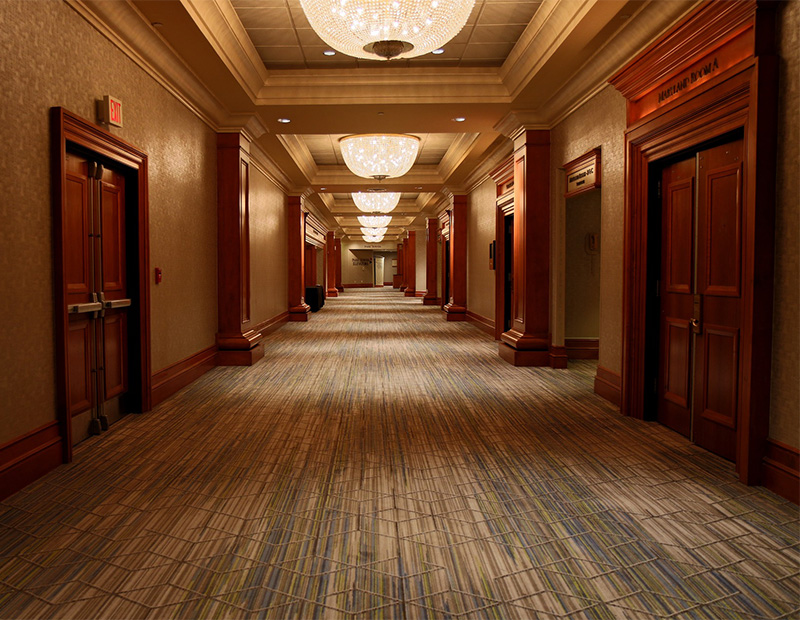Luxury Hotel Occupancy Under 10% at Q1’s Close
The pandemic has hit high-end properties particularly hard, according to CBRE’s first-quarter survey of the hospitality sector.
Hotel demand fell by 41.2 percent in March, while occupancy plummeted to 39.4 percent, according to CBRE’s U.S. Hotel Figures Q1 2020 report.
READ ALSO: How the Coronavirus Relief Bill Helps Hotels
As states across the country enacted unprecedented stay-at-home orders, lodging and many other industries were halted abruptly. Hotel closures increased rapidly across all chain scales, with luxury hotels having the highest percentage of guestrooms closed (64.3 percent) due to high fixed costs. They also saw the most dramatic decrease in occupancy, to less than 10 percent, while economy and mid-scale hotels had the least severe drops in occupancy.
The March drop in demand resulted in a decline of 14.2 percent for the first quarter of 2020 and 70 percent year-over-year at the end of the month. Average occupancy was just 51.8 percent for the quarter. “The most surprising finding [of the report] was the rapid rate of occupancy deterioration. In the space of 2 weeks the hotels went from occupancy levels greater than 60 percent to just 20 percent,” Jamie Lane, senior research director with CBRE’s Americas Hotels Research group, told Commercial Property Executive.
No hotel fundamental escaped the pandemic. ADR declined by 4 percent year-over-year in the first quarter, and by the end of March, it had decreased by 40 percent. Additionally, RevPAR saw its largest year-over-year decline since the peak of the Great Recession in the second quarter of 2009, tumbling 19.3 percent.
The road to recovery
As noted in the CBRE report, 26 million workers filed for unemployment through early April, with the leisure and hospitality sector comprising a great percentage of those claims. The return of health to the job market is key to the hotel sector’s revival.
“The recovery of the hotel industry starts with jobs to support corporate and group travel as well as provide incomes for leisure travel,” Lane said. “Our current outlook calls for a recovery in jobs by the back hall of 2022, which is when we expect hotel demand to get back to pre-COVID-19 levels for a majority of U.S. hotels.”








You must be logged in to post a comment.